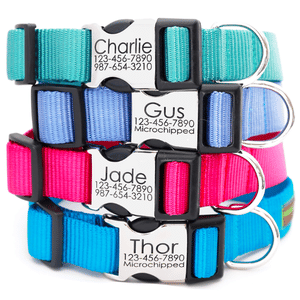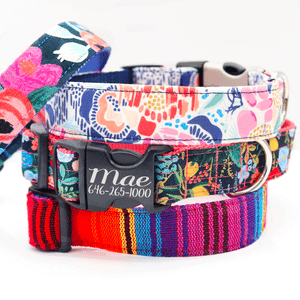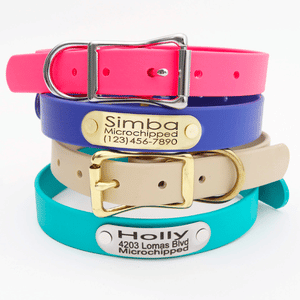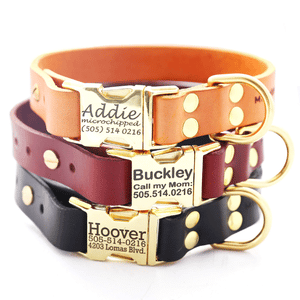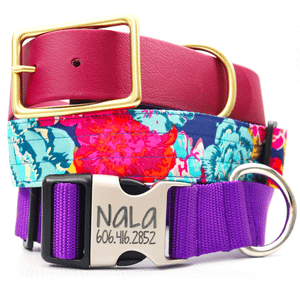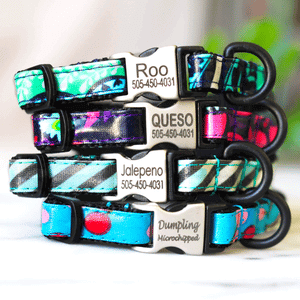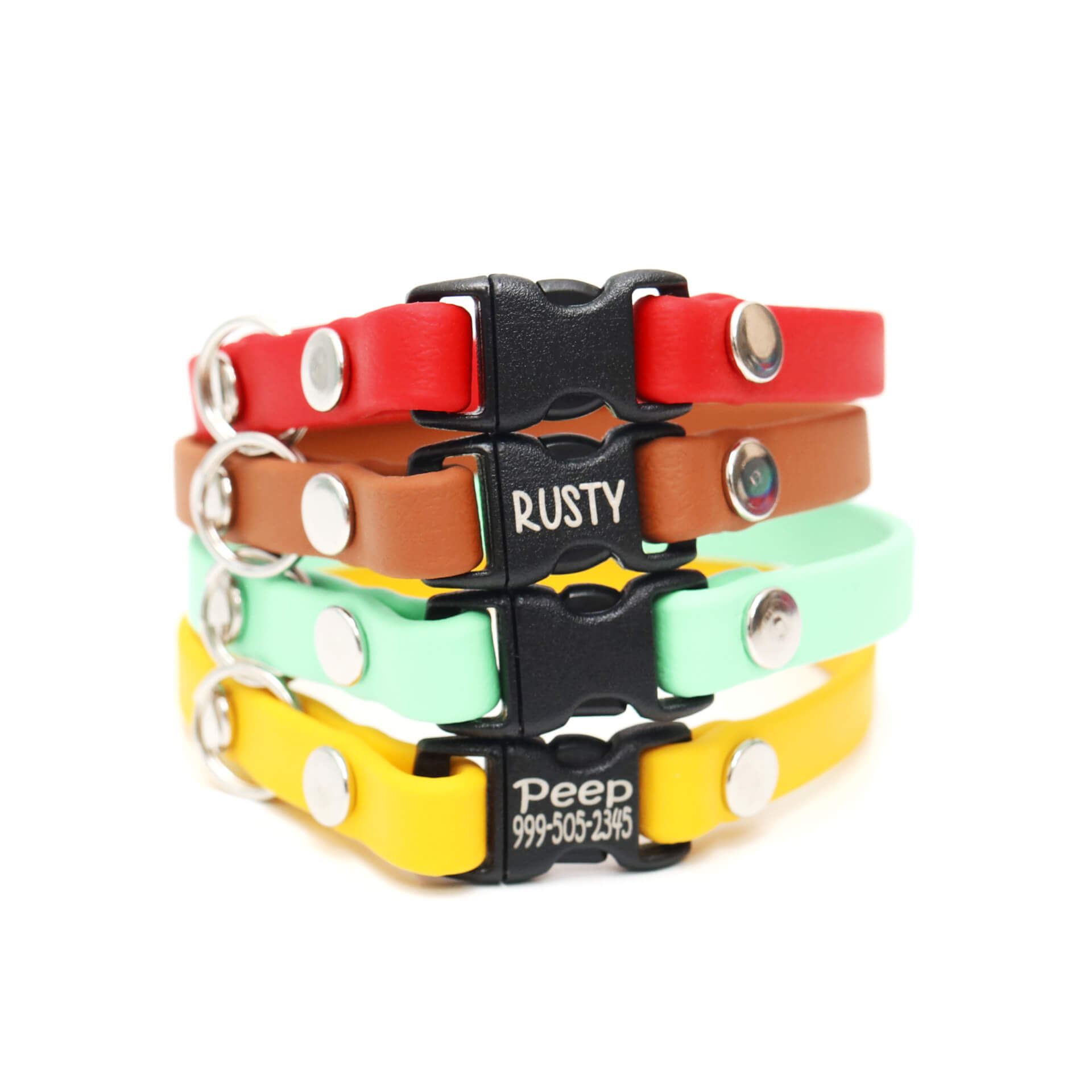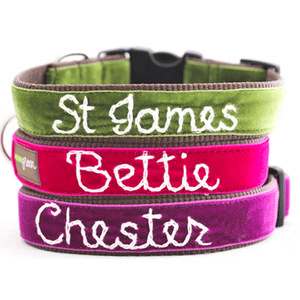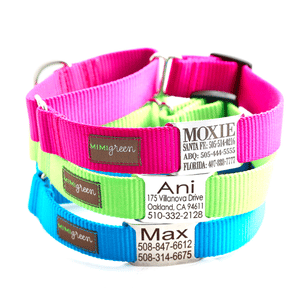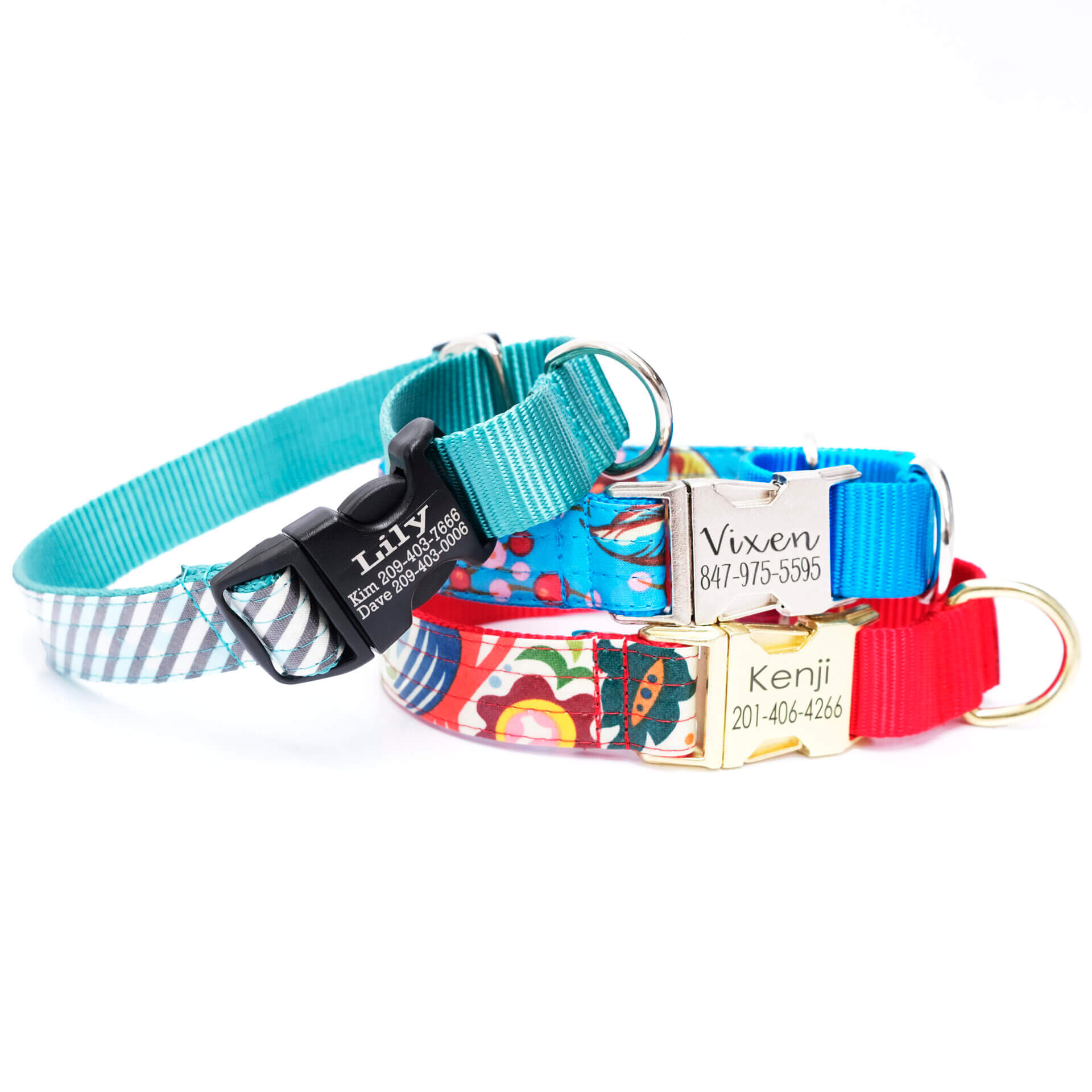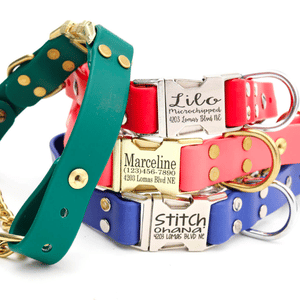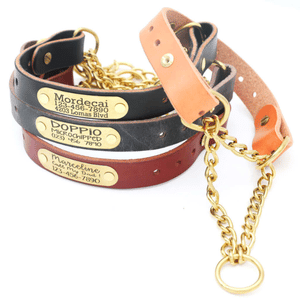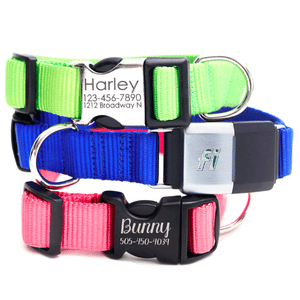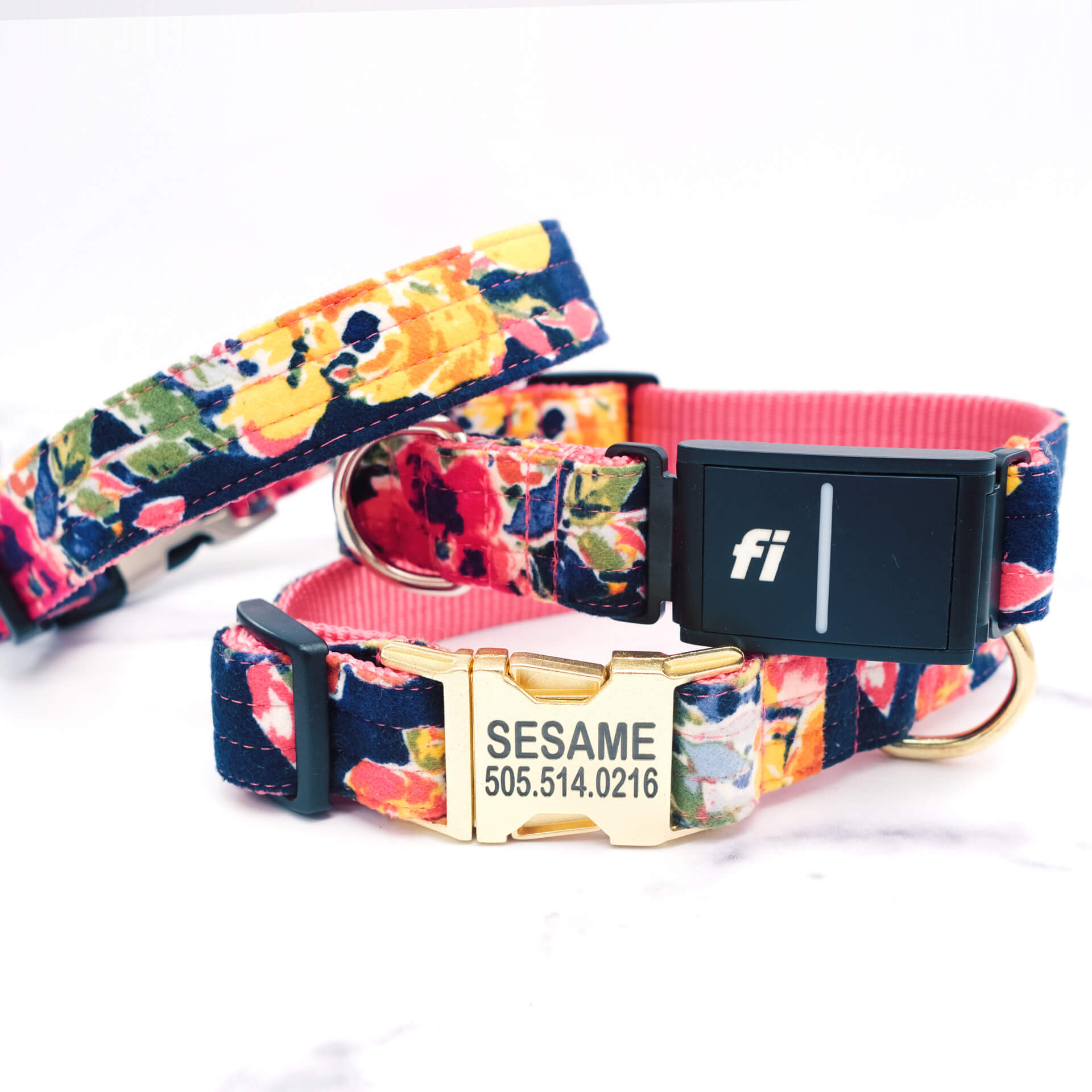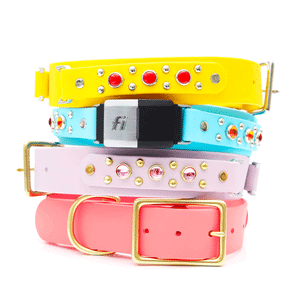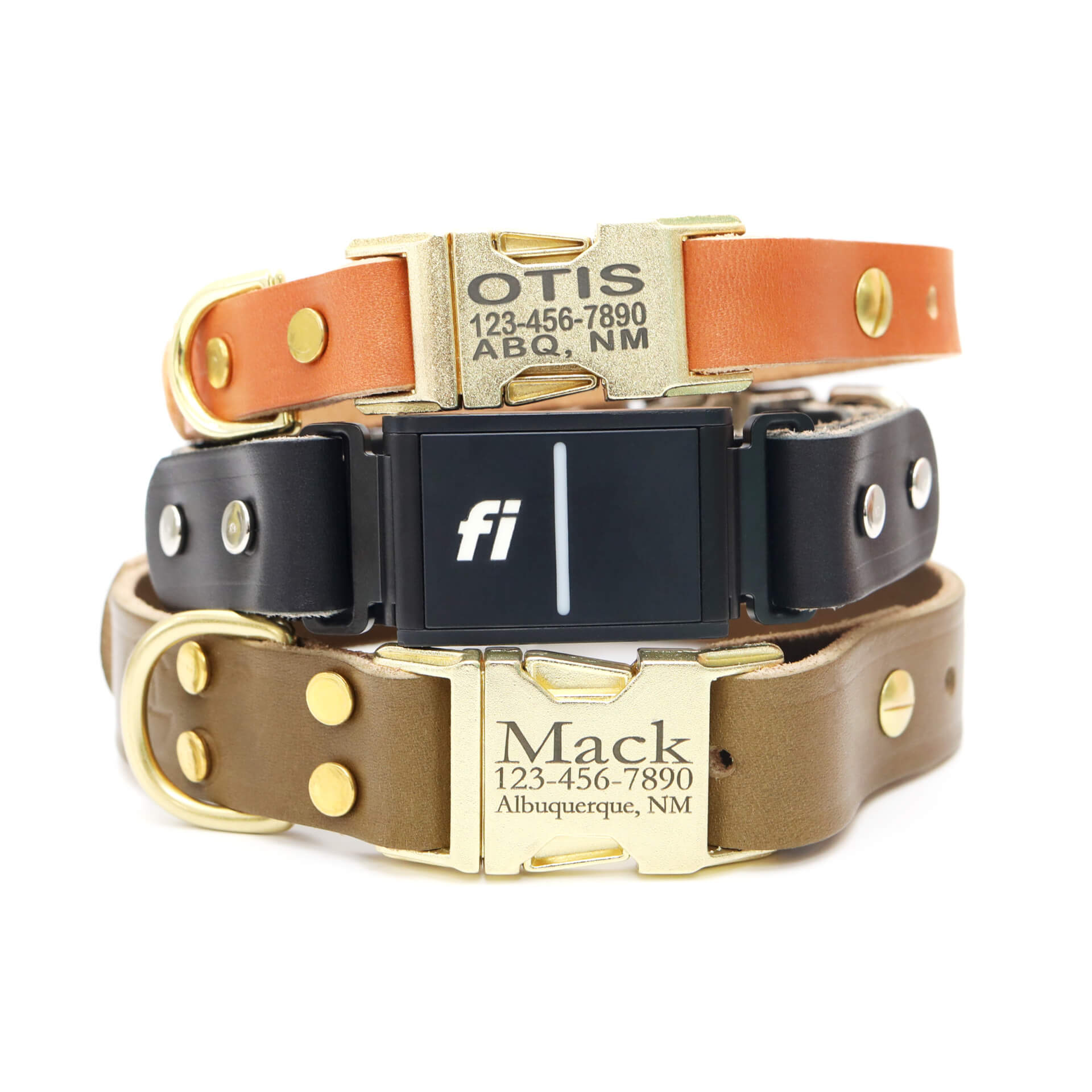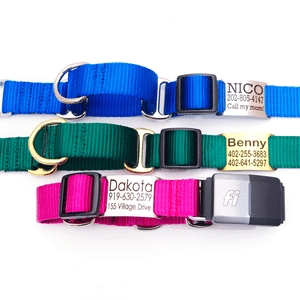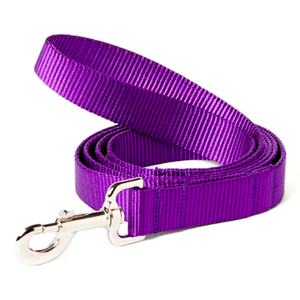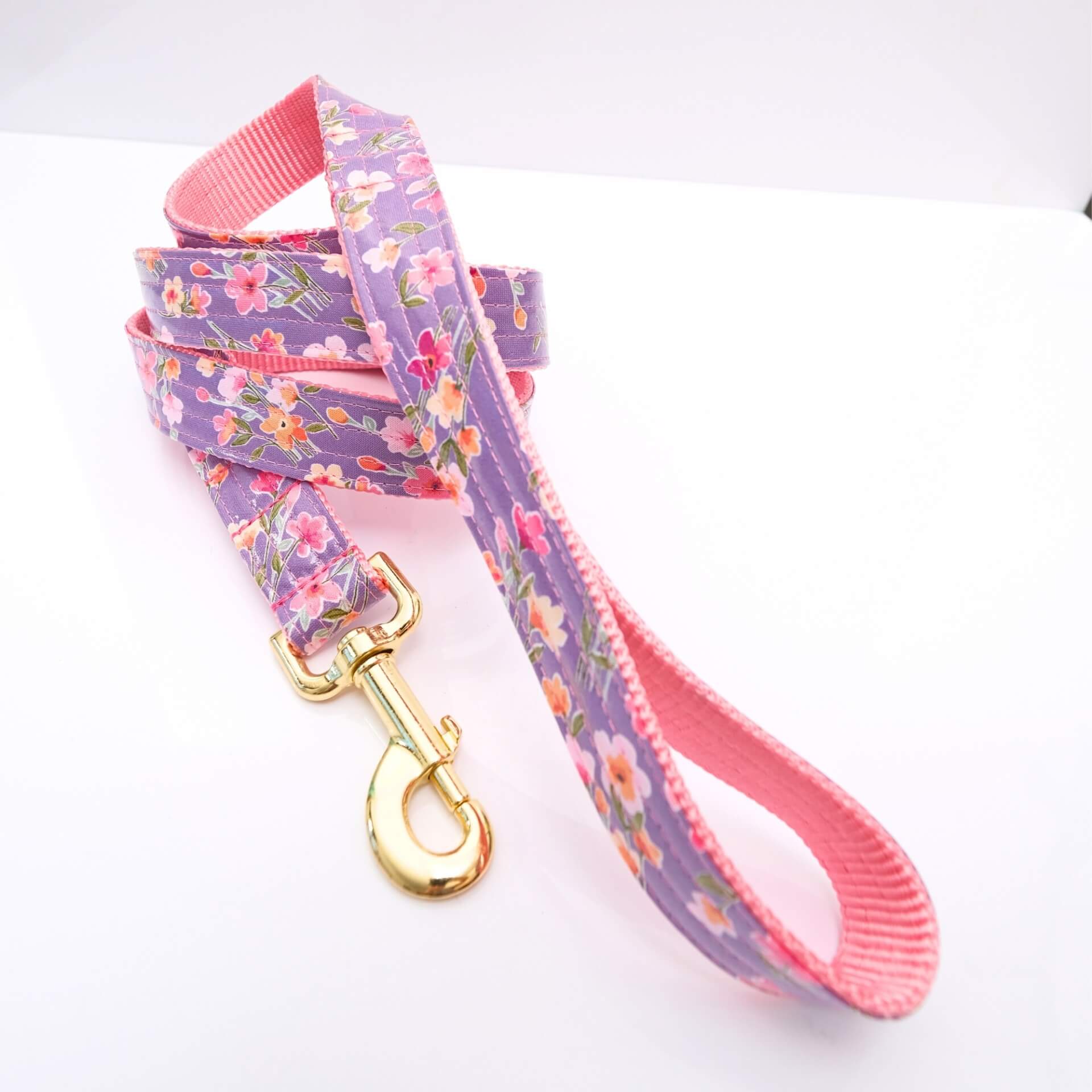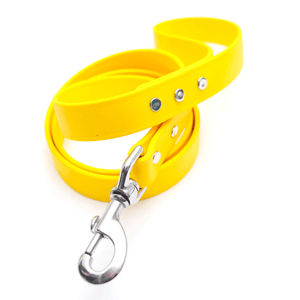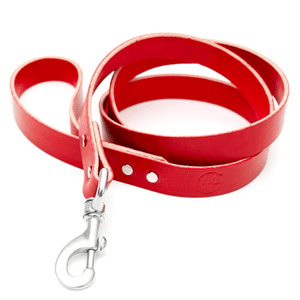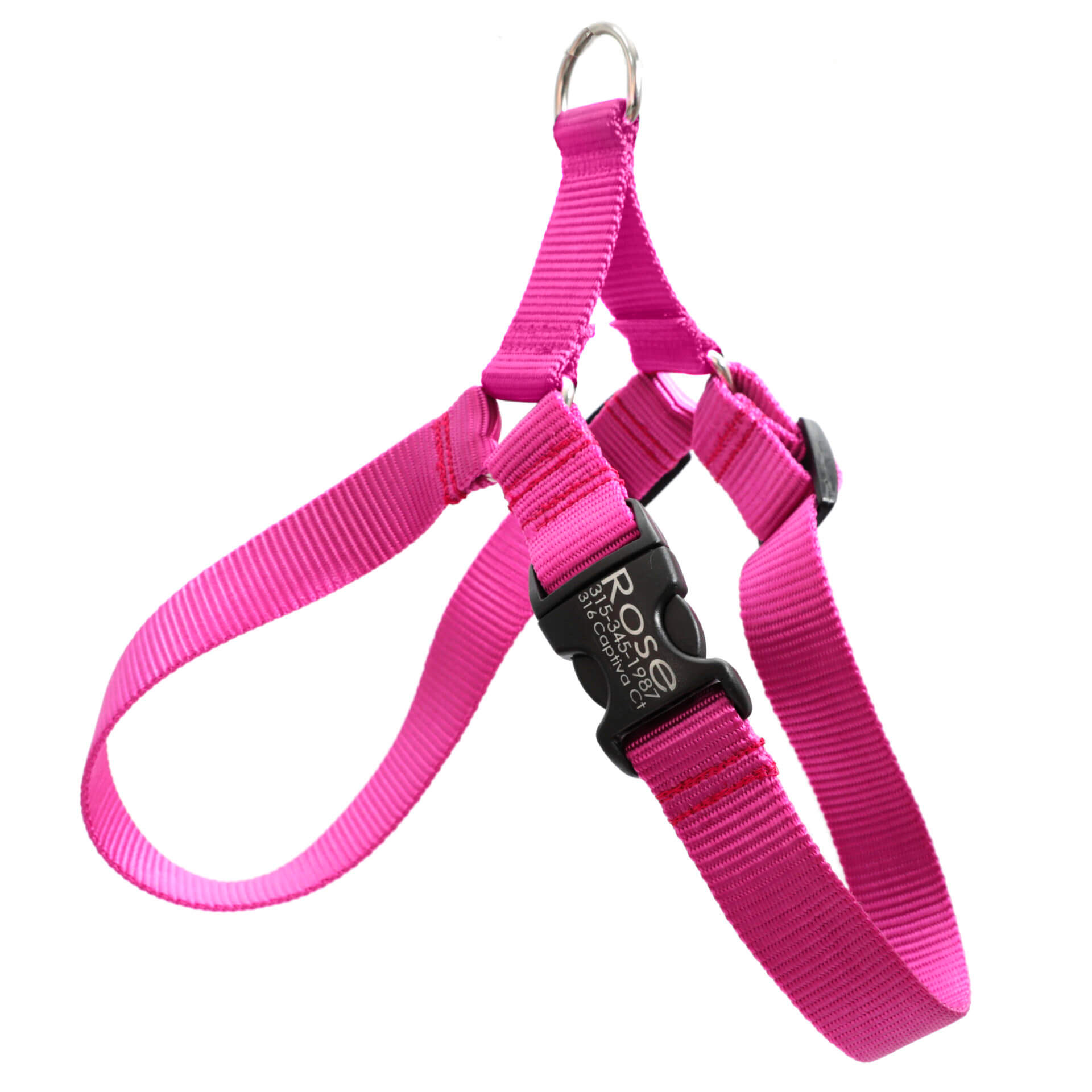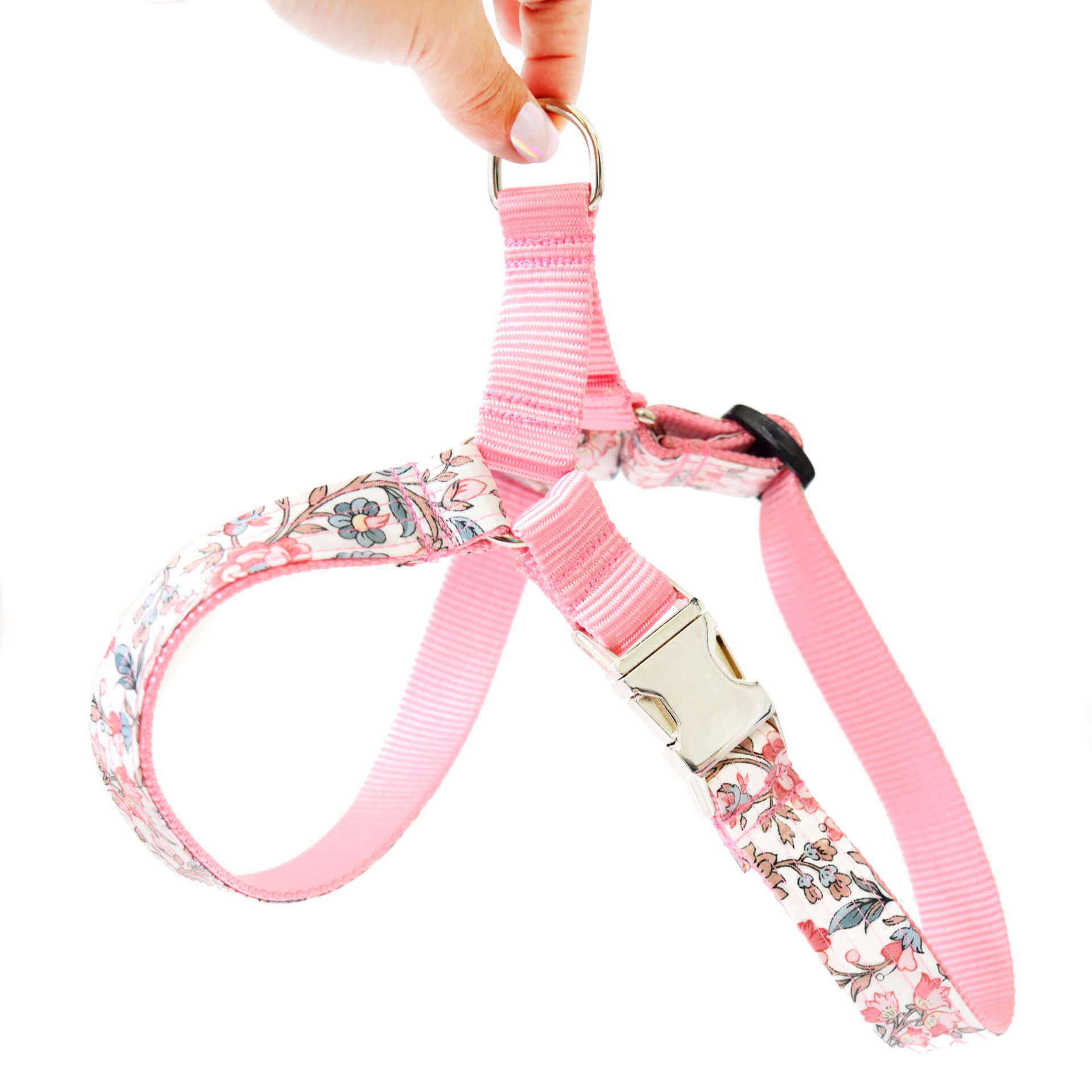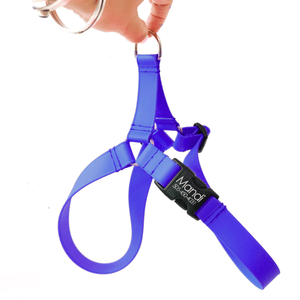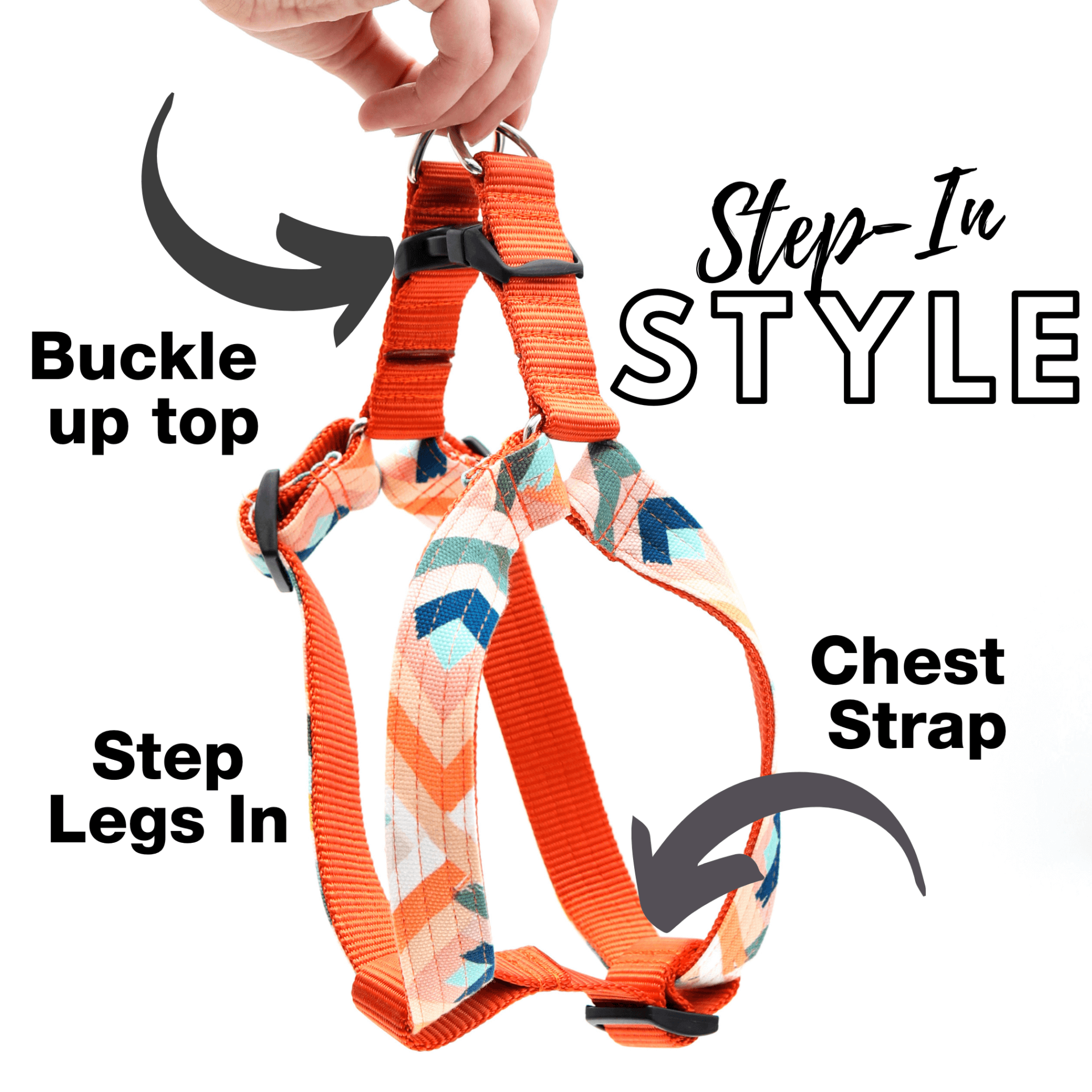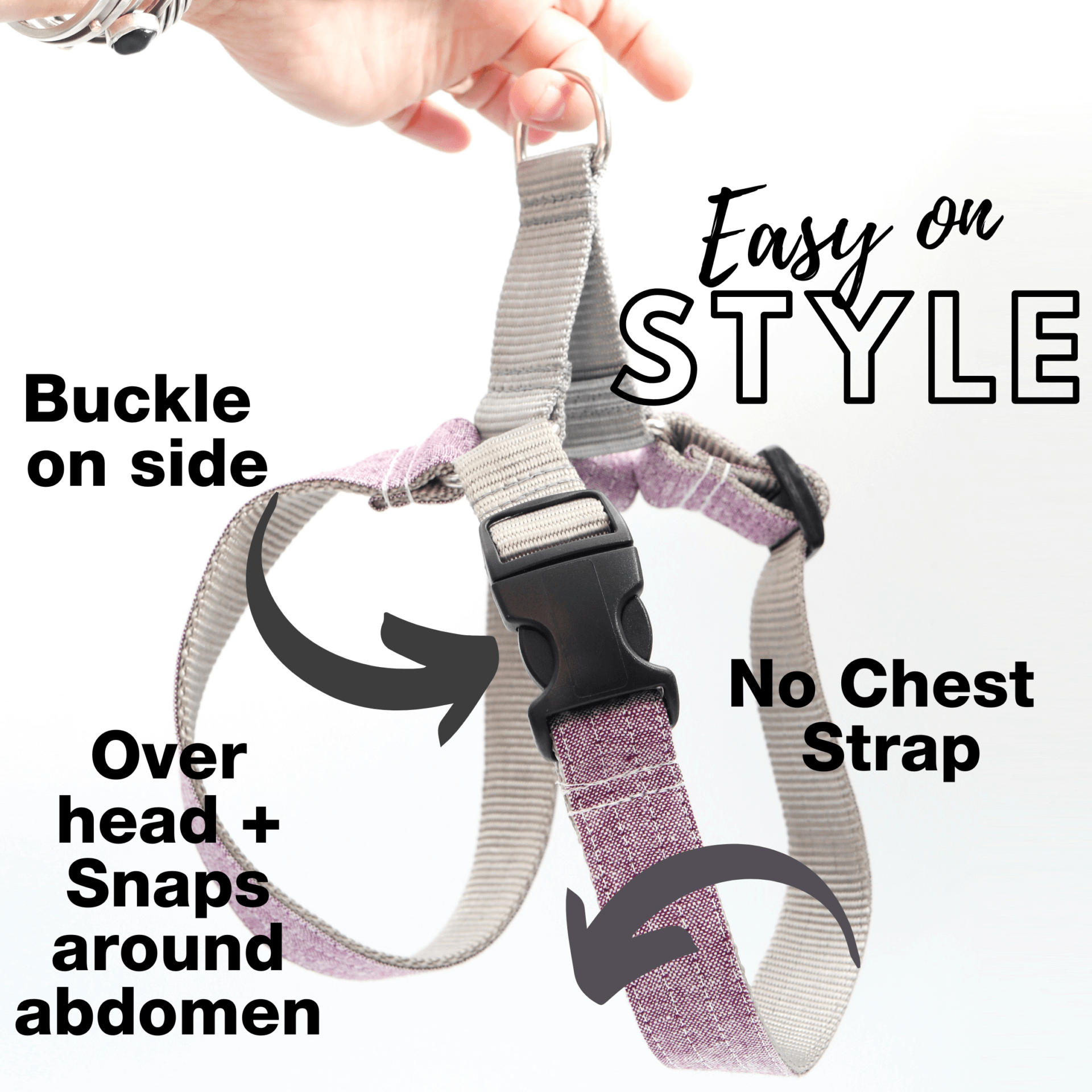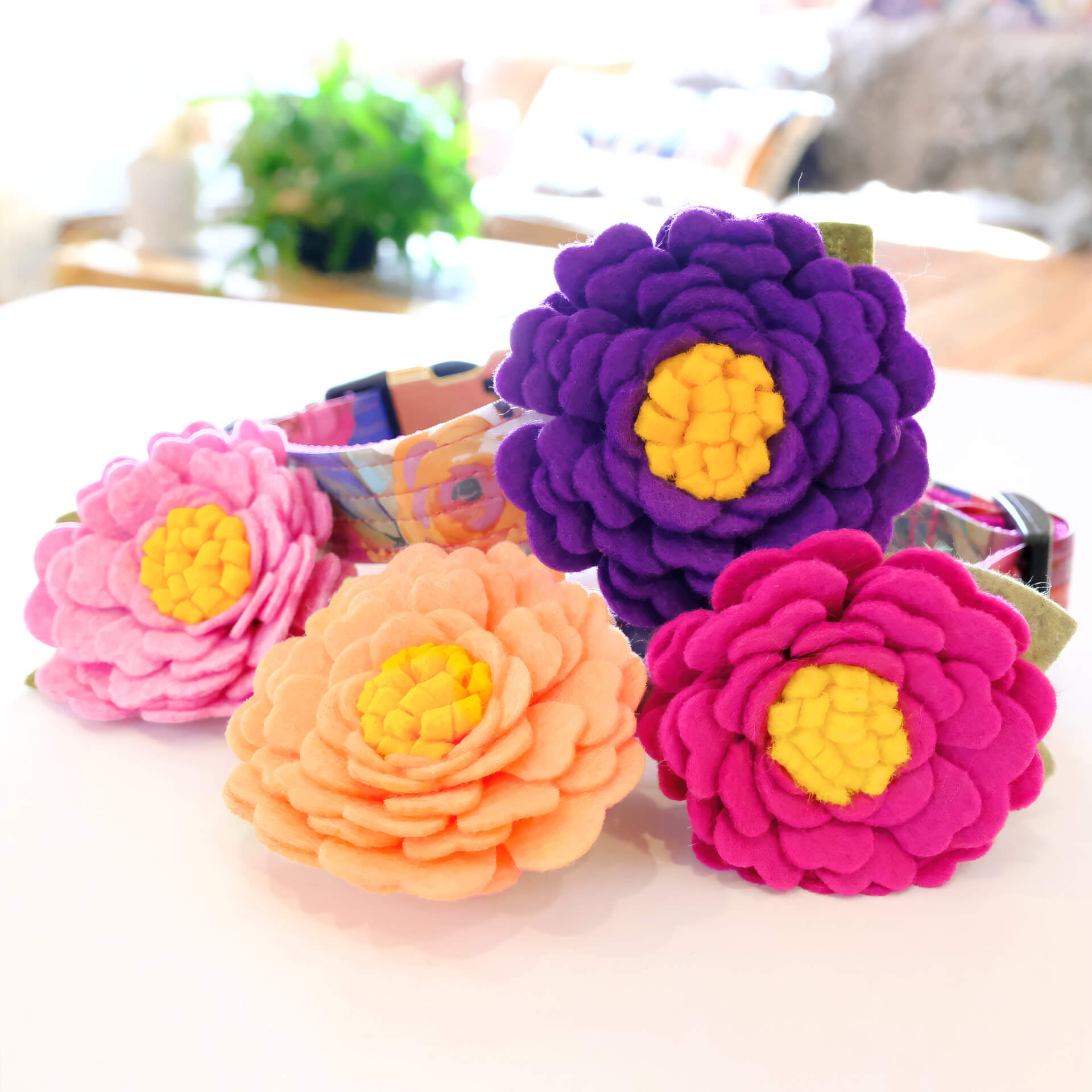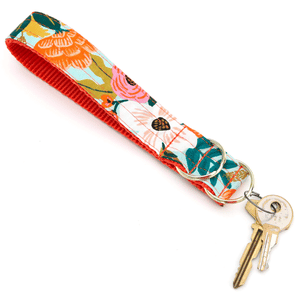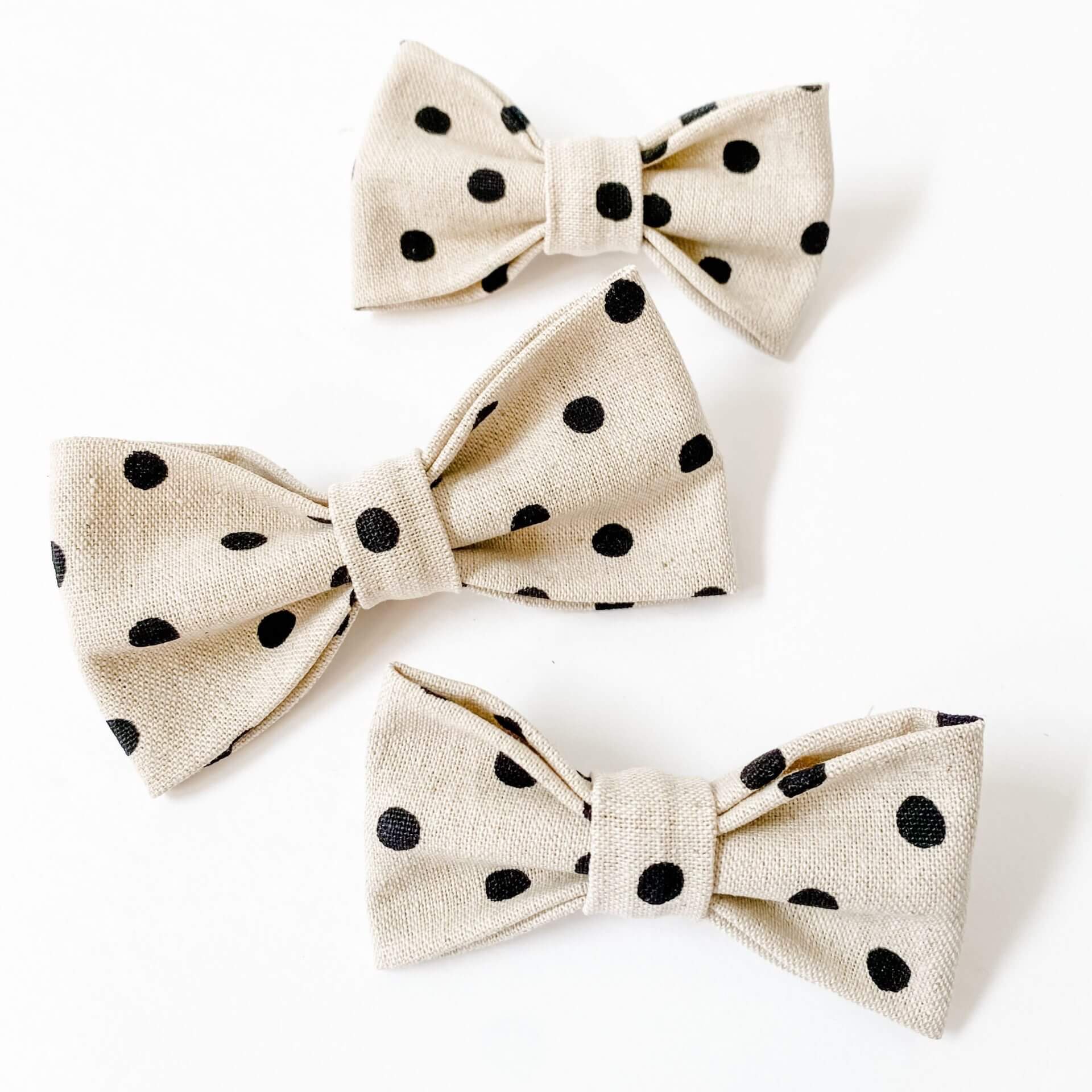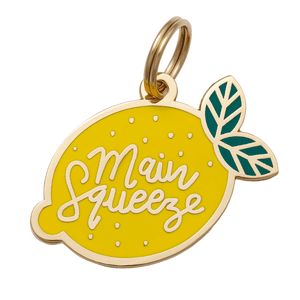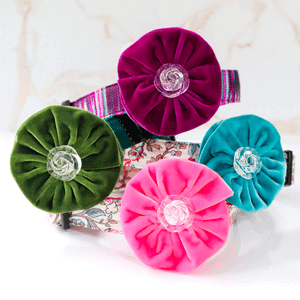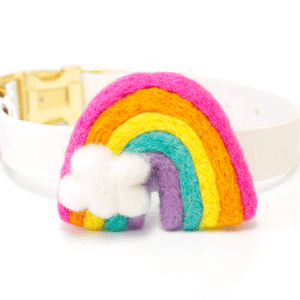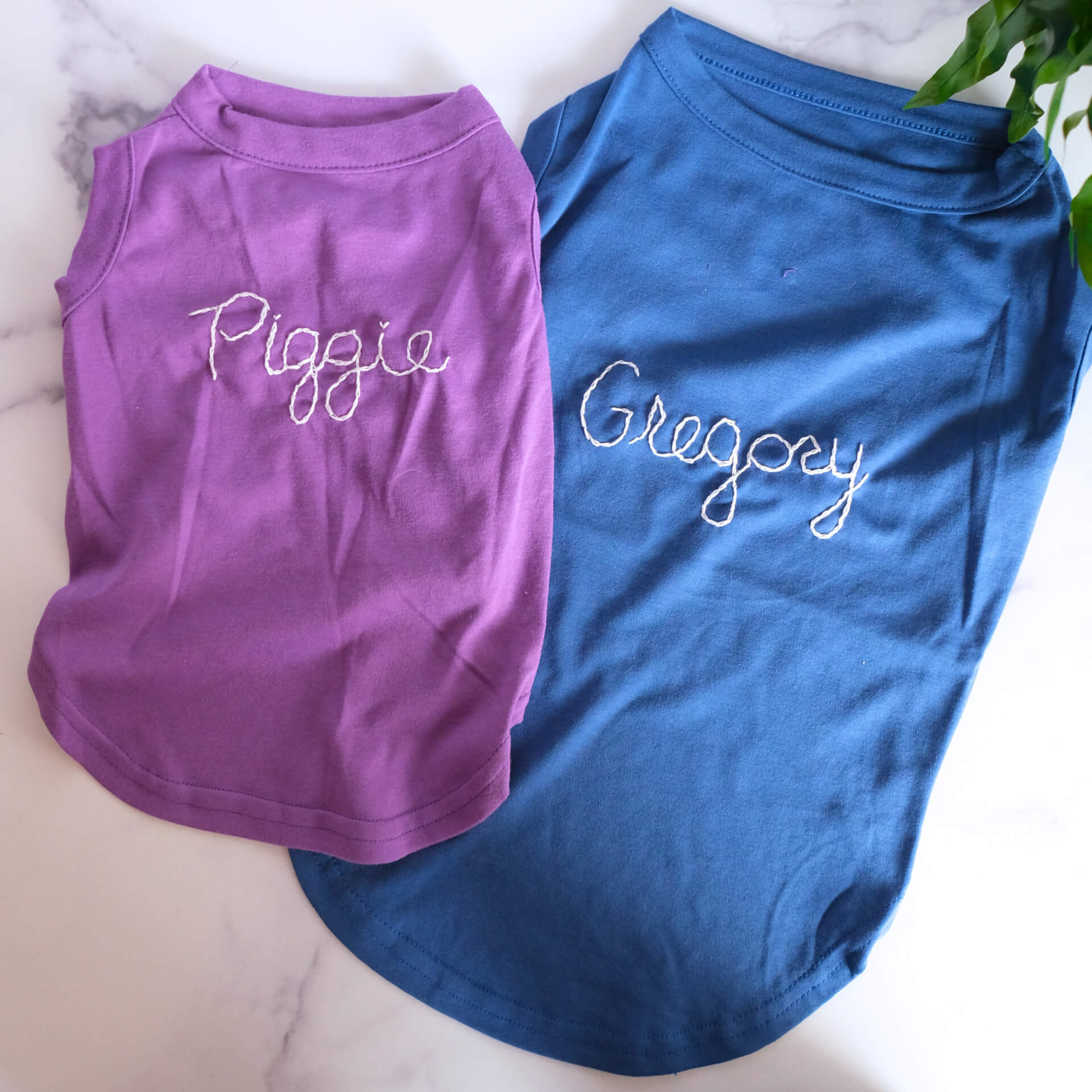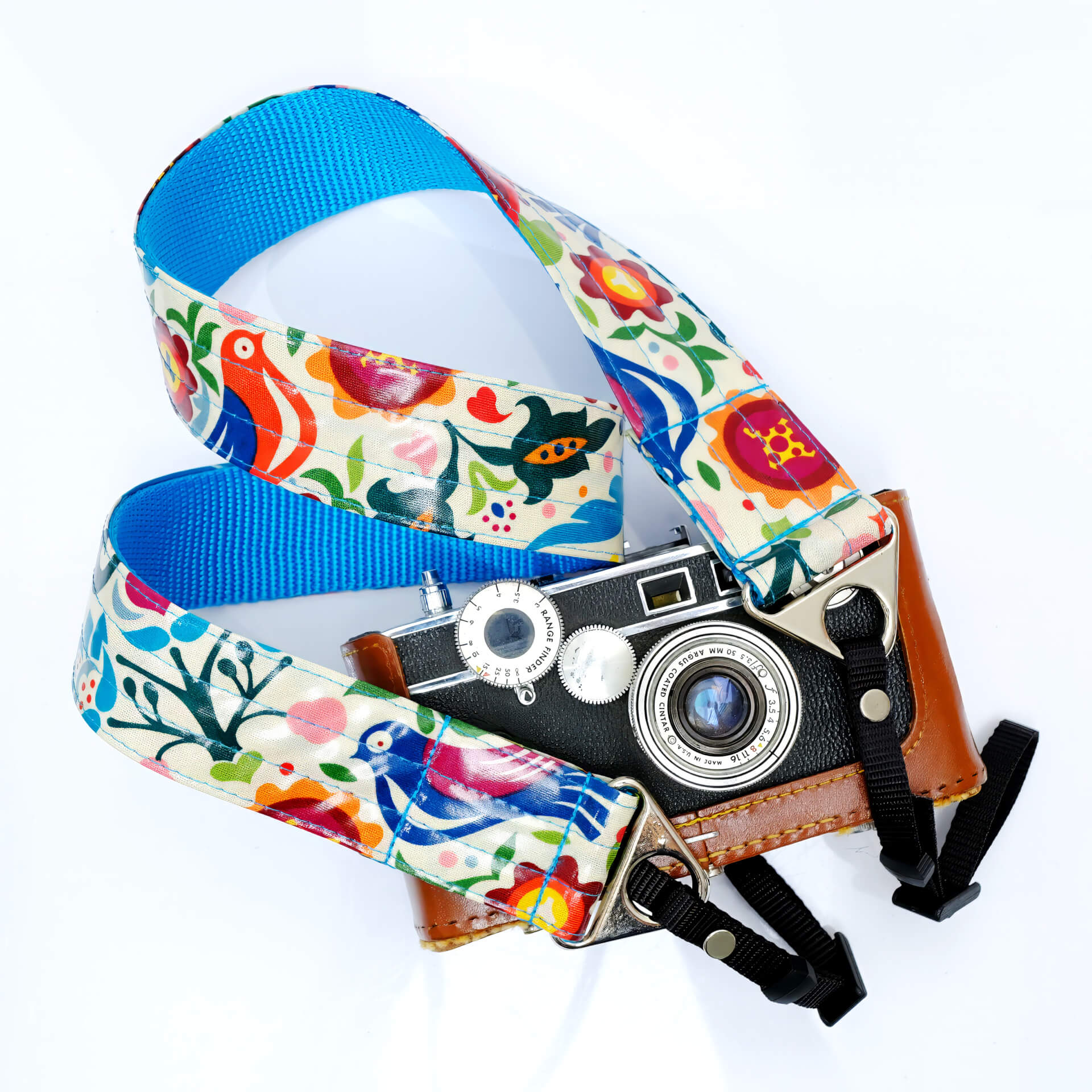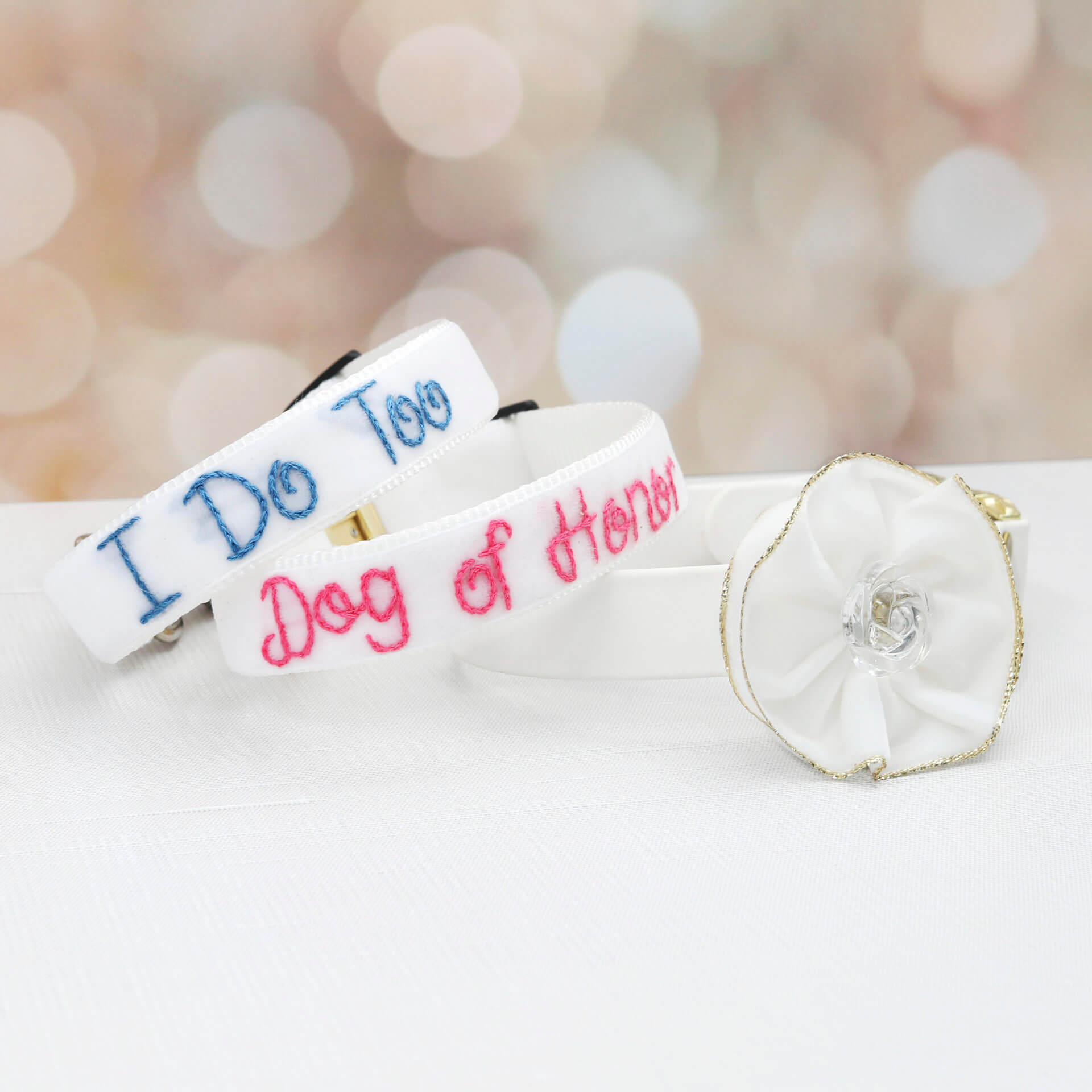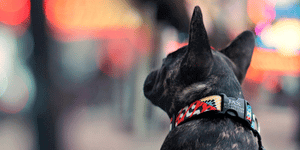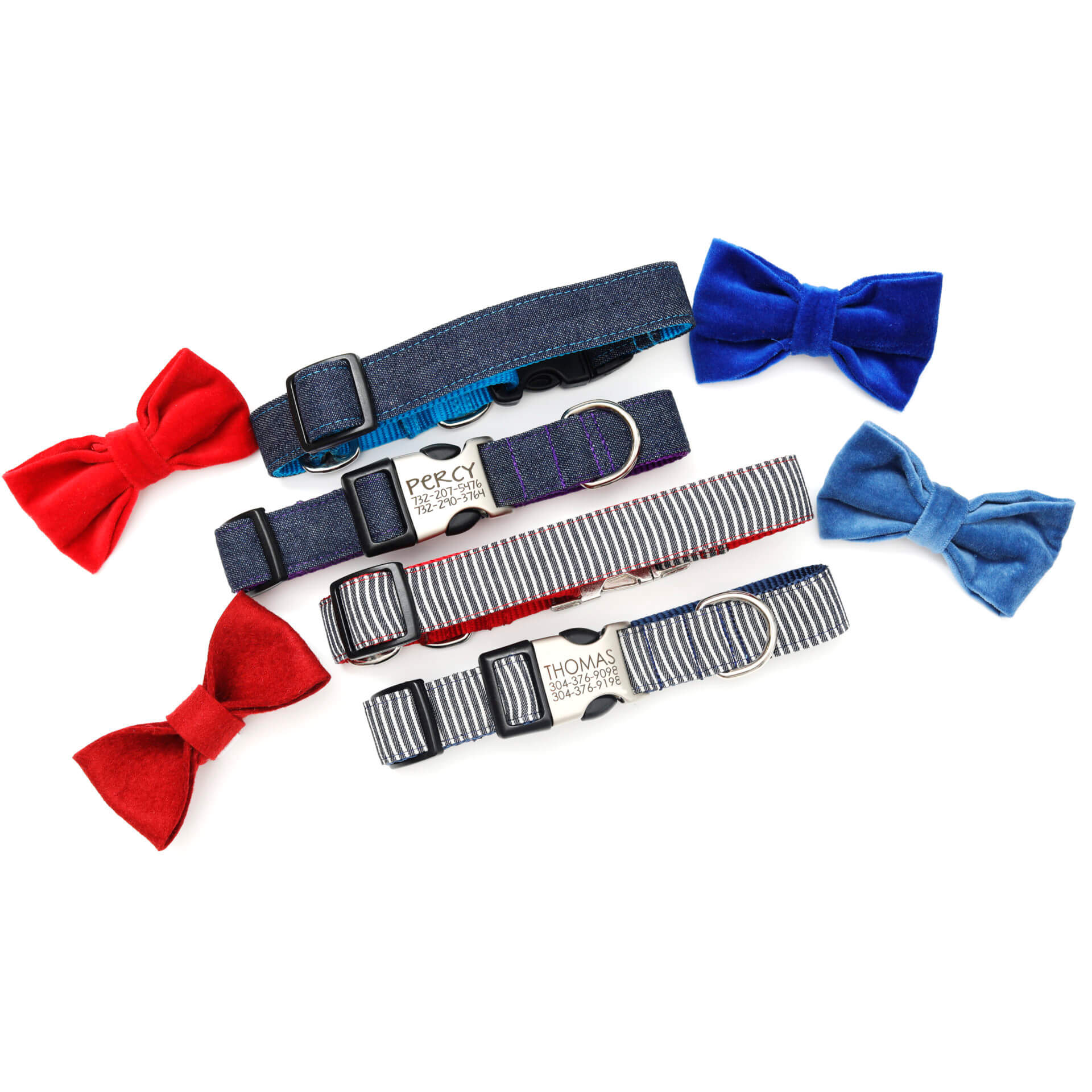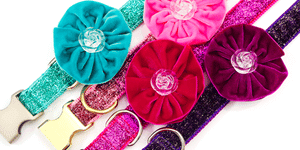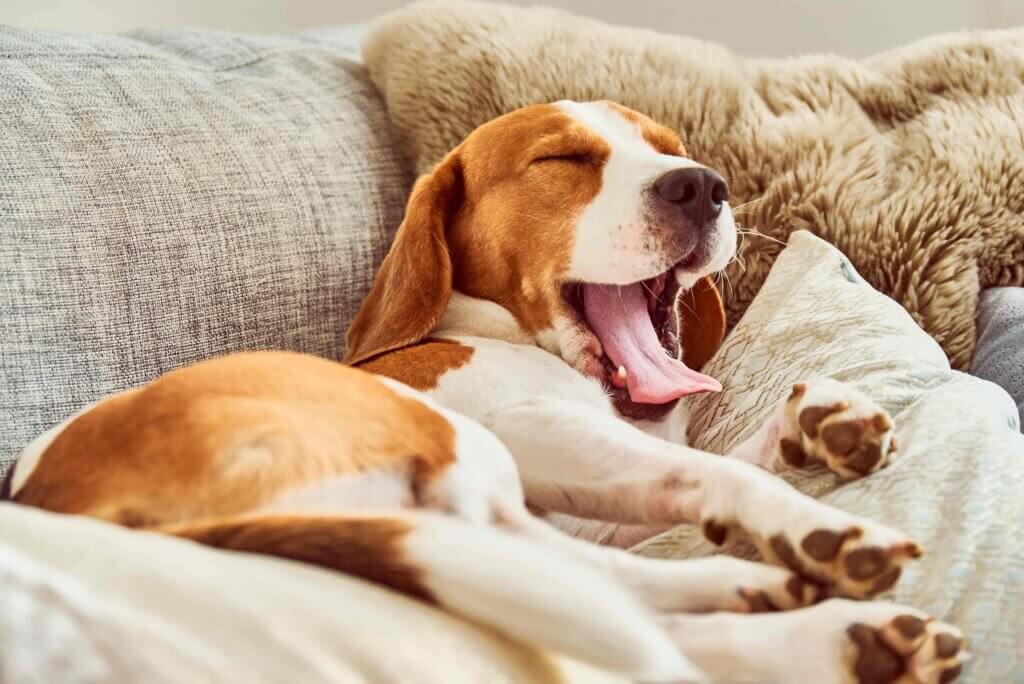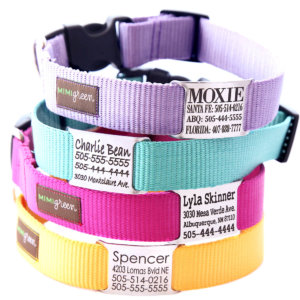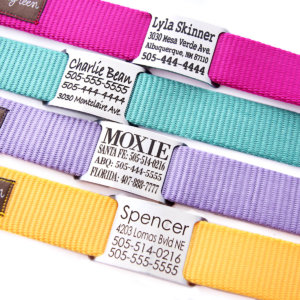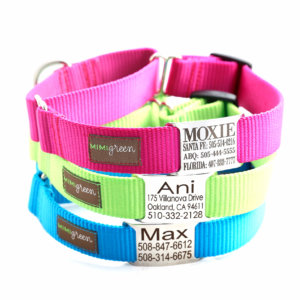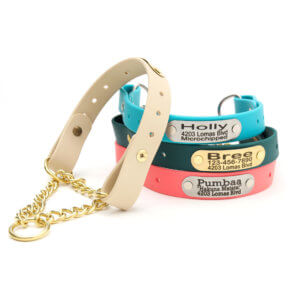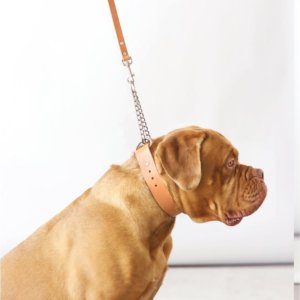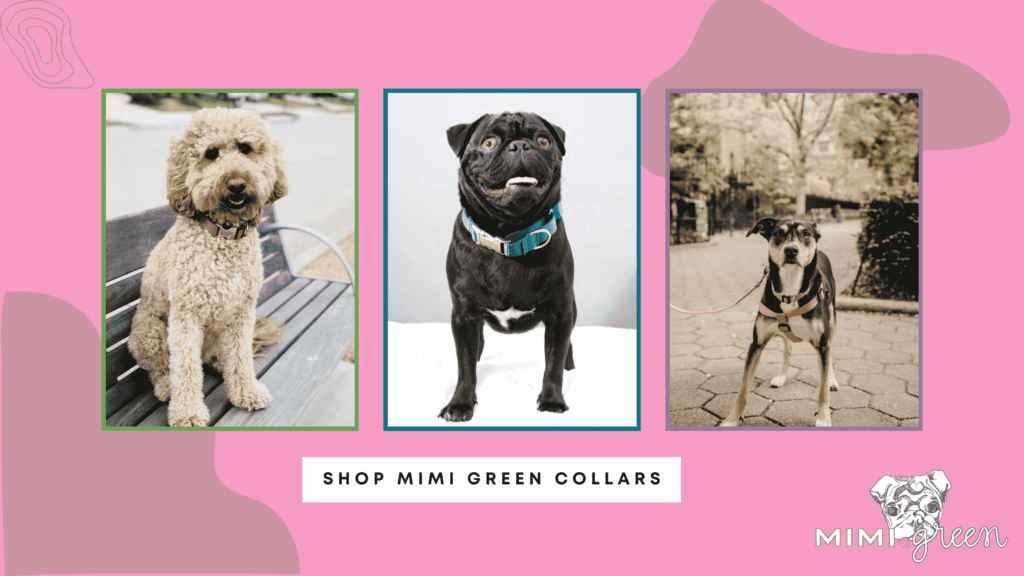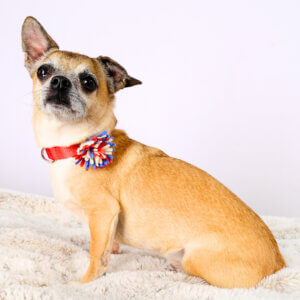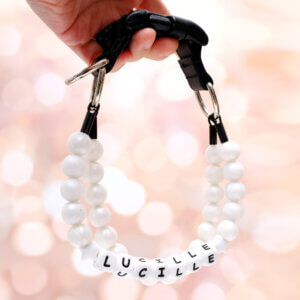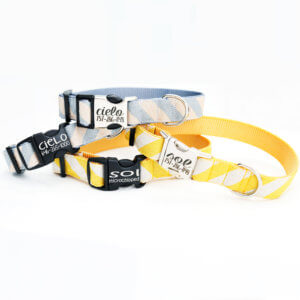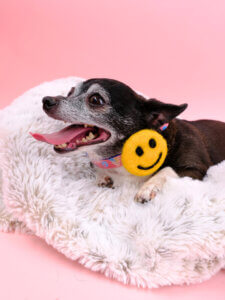Blog
Dog Collar Best Practices: At Night & At Home
Dog collars are a necessary tool in your pet parent’s arsenal. They have your dog’s identifying information on them, allowing you to safely take your pup out to explore the world.
However, when it comes to your home, you may wonder if your pet must wear a collar indoors. If not, should dogs wear collars in the house at all? Should you take off their collar at night?
Key Takeaways
- It’s 100% up to your preference whether you keep your dog’s collar on at home and at night. We suggest keeping it on because they pose minimal risk and dogs run away all the time.
- Even if your dog isn’t an escape artist, get it microchipped so that if it gets away without its collar, you have a better chance of someone returning it.
- If you’re worried about your dog’s comfort, make sure you choose the right type of collar based on factors like weight, width, and material.
Should Dogs Wear Collars And IDs in the House?
Your dog should wear a collar and ID tag indoors and outdoors. Accidents happen. Doors get left open, pets run outside or get lost, and an emergency separates you from your dog—in any situation, it’s best to be prepared.
While microchips help identify a dog’s owner, a collar with an ID tag will reunite you with your beloved pet much quicker and increase your chances of bringing it home as soon as possible. When people see a loose dog without a collar, they are less likely to assume it has an owner. It also makes it harder to catch them. It can also be an important safety precaution if you have to separate your dog from another animal, whether that is an off-leash dog or another present danger.
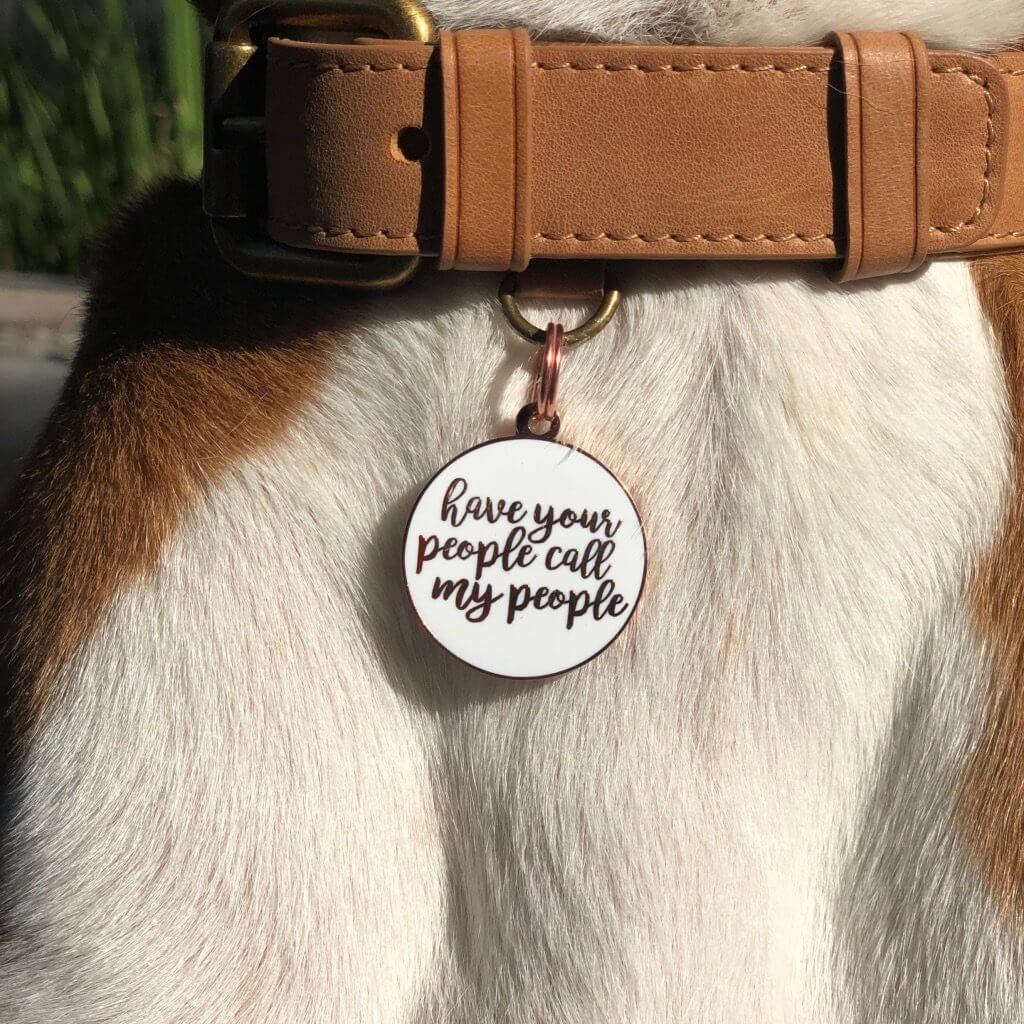
Other reasons to leave the collar on indoors:
- Your dog’s collar tags can tell you when and where they’re getting into trouble.
- It’s easier to let them in from and out to the backyard when the collar stays on.
My Dog Needs A Break From Their Collar
If your pup needs a break from wearing its collar, you could consider removing it when your dog is safely in its kennel or when the doors are locked. This provides a nice segway into the last question.
Should Dogs Wear Collars At Night?
Many dogs enjoy wearing their collars at night. Again, this is something of personal preference. Some owners remove the collar and put it back on in the morning when it’s “time to get dressed.” We think of it like taking your bra or work shoes off after a long day. Remember that feeling?
Do you find the sound of your dog’s tag and collar jingling around all night? Don’t forget that Mimi Green makes ID collars without tags to avoid night-time jingling.
Designer Dog Collars
Engraved Nameplate Dog Collar – Personalized with 27 color choices
Engraved Dog Collars - Name Plate or Buckle
Martingale Dog Collar with Engraved Nameplate – Personalized with Martingale Loop
Martingale - Chain
Waterproof Leather Alternative Martingale Dog Collar w/ Engraved Riveted Nameplate
Give Your Dog The Gift Of Comfort
If you’re worried about uncomfortable dog collars, then follow this checklist. Important factors to consider when choosing a comfortable collar for your dog include fit, material, weight, and allergies.
- Fit: To avoid discomfort, we recommend leaving about two fingers’ worth of room under the collar. Measure your dog’s neck size and consult our dog collar size chart.
- Collar Weight: It is also important to consider the collar’s weight for smaller dogs. Our small dog collars weigh around 6 ounces, which we find to be a good weight for smaller dogs.
- Width: For large dogs, the width of the collar is more of a concern. Wider collars distribute pressure more evenly around a dog’s neck. This is good for larger breeds, dogs with sensitive necks or trachea, dogs with respiratory issues, and pullers.
- Material: Choose a material that matches your dog’s fur and lifestyle. If you have a chewer, we recommend leather or nylon. If you have a mud or water lover, we recommend a waterproof collar with easy-to-clean biothane tech. If you want to maximize comfort, go with cotton.
- Martingale: Choose a martingale collar if your dog pulls on their collar and/or needs leash etiquette training. If your dog has a smaller head and wider neck, you may want to default to a martingale collar.
- Allergies: Some dogs have metal allergies that cause dog collar rash. If this is the case, choose a different material, such as nylon, leather, or fabric.

